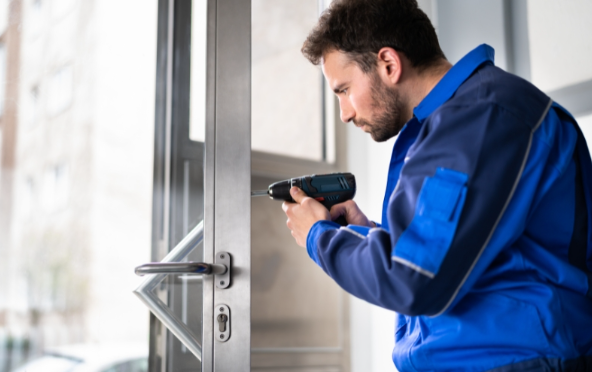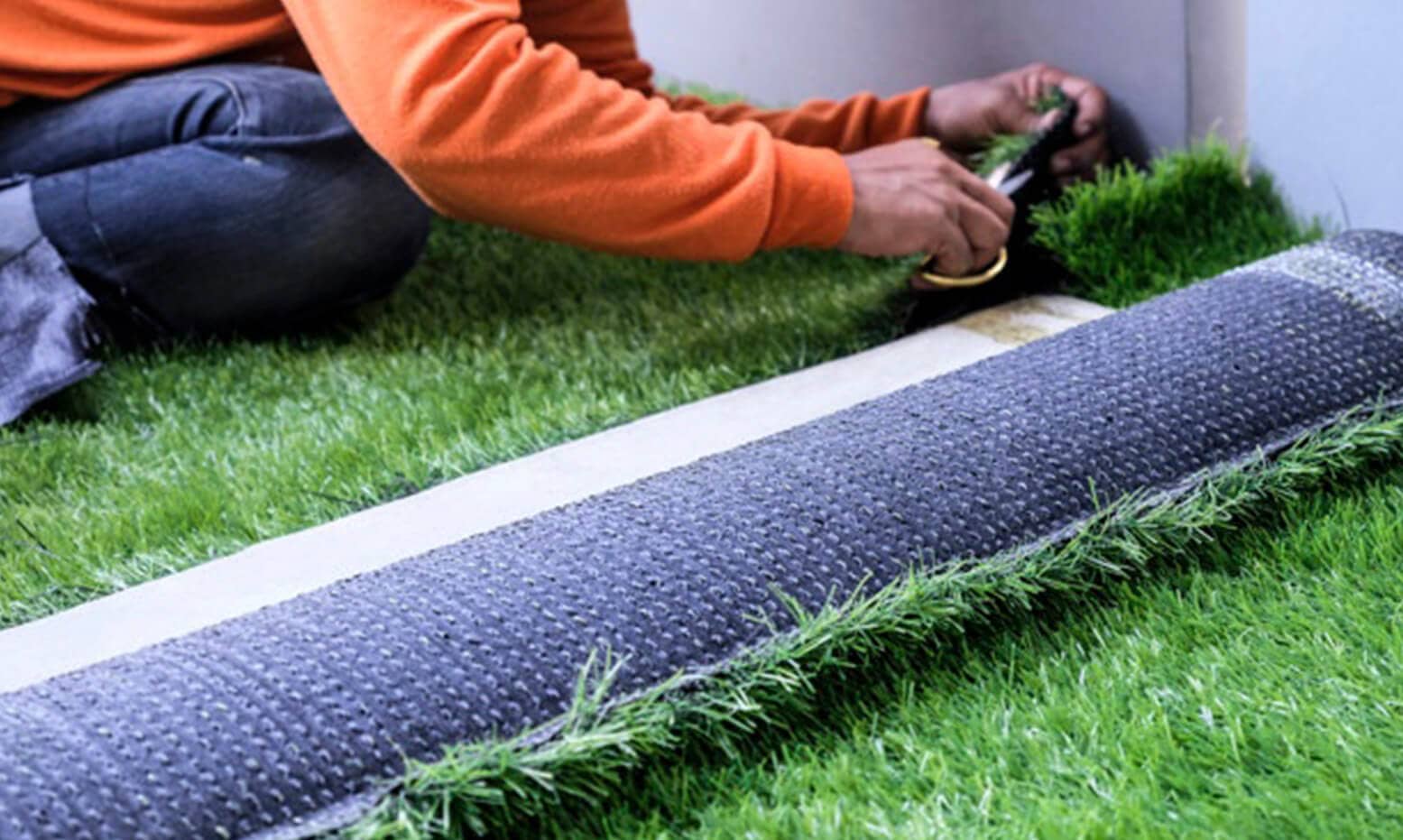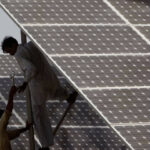Artificial lawns, also known as synthetic turf or artificial grass, is a popular choice for homeowners, businesses, and other organisations looking to create a low-maintenance, attractive, and durable outdoor surface. Titan Turf products are licensed and rewarded.
Perks Of Opting For An Artificial Lawn
Here are some of the main benefits of artificial lawns:
Low maintenance:
One of the main benefits of artificial lawns is that it requires minimal maintenance compared to natural grass. There is no need to mow, water, fertilise, or weed artificial turf, which can save time and money. This can be especially beneficial for busy people who need more time or resources to maintain a natural lawn.
Durability:
Artificial turf is extremely durable and can withstand heavy use, making it a good choice for areas with high foot traffic or heavy play. It is also resistant to fading and can maintain its colour and appearance for many years with proper care.
Water conservation:
Artificial turf does not require watering, which can help to conserve water resources. This is especially beneficial in areas with water restrictions or drought conditions and can also help to reduce water bills.
Allergy-friendly:
Artificial turf does not produce pollen or other allergens, making it a good choice for people with allergies. This can also make outdoor spaces more comfortable for people who are sensitive to allergens.
Aesthetic appeal:
Artificial turf can provide a beautiful and natural-looking surface that enhances the appearance of outdoor spaces. It is available in various colours and textures, allowing you to choose the perfect look for your space.
Versatility:
Artificial turf can be installed in various settings, including residential lawns, commercial landscapes, and sports fields. It can be used in small and large areas and custom-fit to fit your space’s unique shape and size.
Safety:
Artificial turf can provide a safe and cushioned surface for outdoor activities, such as sports or play. It can help to reduce the risk of injury from falls and can be especially beneficial for children.
Long lifespan:
With proper care and maintenance, artificial turf can last many years, providing a long-lasting outdoor surface. This can help to save money in the long run, as you won’t have to replace the turf as frequently as you would with natural grass.
Artificial lawns can provide a low-maintenance, durable, water-conserving, allergy-friendly, aesthetically pleasing, and safe outdoor surface. It can be a great option for homeowners, businesses, and other organisations looking to create an attractive and functional outdoor space.
The cost of artificial lawn:
The cost of artificial lawns can vary depending on several factors, including the size of the area to be covered, the type of turf installed, and any additional features or services included in the installation.
An artificial lawn costs range from $5 to $20 per square foot, with the average cost being around $10 per square foot. This means that the total cost of installing an artificial lawn can range from a few thousand dollars for a small residential lawn to tens of thousands for a large commercial space.
It is best to consult with a professional installation company to get a more accurate estimate of the cost of artificial lawns for your specific project. They can assess your site, discuss your needs and preferences, and provide a detailed quote for installing artificial turf.
Maintenance Of Artificial Lawn: Your DIY
Here are some tips for maintaining an artificial lawn:
Remove debris:
Regularly remove leaves, twigs, and other debris from the surface of the artificial lawn. Use a leaf blower or broom to sweep the surface clean.
Rinse with water:
Use a hose to rinse the surface of the artificial lawn with water. This will help remove any dirt or dust accumulated on the grass fibres.
Repair any damage:
If you notice any damage to the artificial lawn, such as holes or tears, use a repair kit to fix the damage as soon as possible.
Protect from the sun:
Artificial grass can fade over time when exposed to the sun’s UV rays. To help protect the grass and maintain its colour, consider using a sun-blocking spray or installing a canopy or other shading structure.
Avoid heavy machinery:
Avoid using heavy machinery on artificial lawns, such as riding lawnmowers. These can damage the grass fibres and the base material.
Environmental considerations to keep in mind
There are several environmental considerations to keep in mind before installing an artificial lawn. Here are a few:
Water conservation:
Artificial lawns do not require watering, which can benefit areas with water shortages or drought conditions. However, it’s important to consider that the production and transportation of synthetic grass require energy and resources, which can have an environmental impact.
Chemical usage:
Artificial lawns do not require pesticides or fertilisers, which can harm the environment. However, some synthetic grass products may contain chemicals, such as lead and other heavy metals, which can be harmful if ingested or inhaled. It’s essential to research the materials used in the artificial grass and choose a product that has been tested for safety.
Waste reduction:
Synthetic grass can be recycled; some companies offer take-back programs for old or damaged artificial grass. This can help reduce waste and the environmental impact of disposing of the material.
Habitat loss:
Considering replacing a natural grass lawn with synthetic grass, it’s important to consider the impact on local ecosystems and wildlife. Natural grass lawns provide habitat and food for insects and other small animals.
Overall, it’s important to carefully consider the environmental impacts of installing an artificial lawn, and it is always advised to choose a safe, sustainable product with minimal environmental impact.
Comparison to natural grass:
There are several differences between artificial and natural grass lawns, and each type has its benefits and drawbacks. Here are a few key differences to consider:
Maintenance:
Artificial lawns are generally easier to maintain than natural grass lawns. They do not require watering, mowing, pesticides, or fertilisers. On the other hand, natural grass lawns require regular watering, mowing, and possibly using chemicals to maintain their appearance and health.
Cost:
The upfront cost of installing an artificial lawn is generally higher than installing a natural grass lawn. However, the long-term maintenance costs of an artificial lawn are usually lower, as you don’t need to pay for watering, mowing, or chemicals.
Environmental impact:
Natural grass lawns can have a positive environmental impact by providing wildlife habitat and food and helping filter and purify water. However, they also require the use of water and chemicals, which can have negative impacts on the environment.
Artificial lawns do not require water or chemicals, but they have an environmental impact due to the resources and energy required to manufacture and transport them.
Appearance:
Some people prefer the look and feel of natural grass, while others prefer the appearance of artificial grass. Artificial grass is made to look and feel similar to natural grass, but it may not have the same texture or colour variations as natural grass.
Ultimately, choosing artificial and natural grass depends on your personal preferences, budget, local climate, and environmental conditions. It’s important to consider each type of lawn’s pros and cons before deciding.
Now You Know!
It’s important to research the materials used in the artificial grass and choose a product that has been tested for safety. Overall, whether or not an artificial lawn is a good choice depends on your personal preferences, budget, local climate, and environmental conditions.












